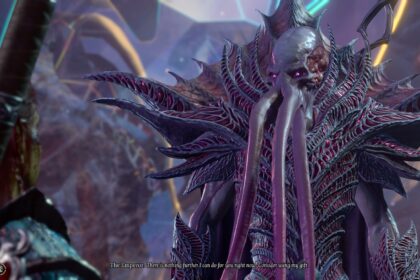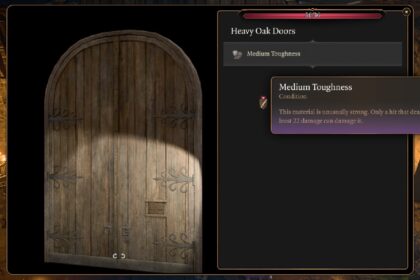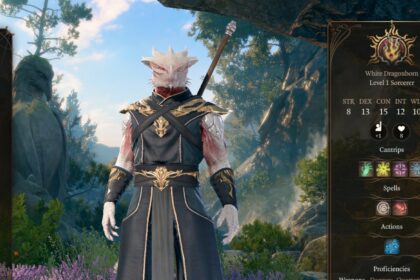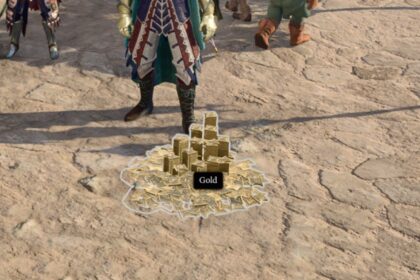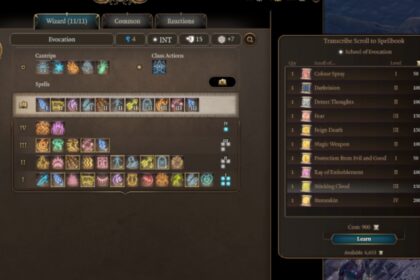For those new to Baldur’s Gate 3, you need to know that 80-90% of the mechanics are based on the popular board game Dungeons & Dragons.
This is significant, as those who have played a game or two will understand the game immediately. If not, this guide will get you up to speed.
Going in blind might overwhelm players, so it’s best to read these tips and tricks before starting your first playthrough.
Understanding Stats or Ability Points
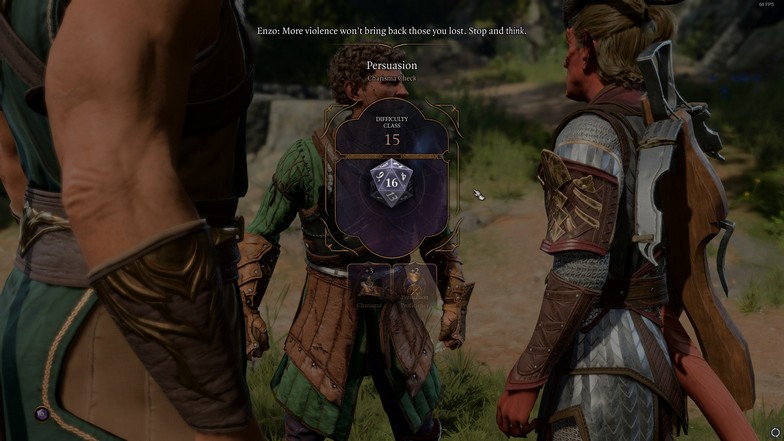
The game has six different attributes: Strength, Dexterity, Constitution, Intelligence, Wisdom, and Charisma.
The ability points you gain will be allocated to these attributes. It’s up to you to decide how you want to strengthen your character, but here are some things you should know first.
Let’s assume you have 10 points for each attribute. If you increase one attribute to 11, you get the benefits of an increased strength stat. However, increasing your attribute to 11 will not give you a bonus to your ability checks. You need to increase it to 12 to get a +1 on your ability checks.
These ability checks are interactions in the game where you need to roll a twenty-sided die to determine the outcome of the chosen interaction.
For example, if you want to charm your way into getting what you want in a conversation with an NPC, it’ll require some Charisma to pull off. In the interaction, hypothetically, you’ll roll the twenty-sided die and aim for 10.
If you roll a 9, but your Charisma is 12, you can get a +1 to your roll from the bonus and achieve a successful action.
Most interactions in the game are crucial, as some of them can reward you greatly, but failure can lead to grave consequences.
It’s best to keep these ability check bonuses in mind while allocating your ability points.
Positioning Before a Big Fight
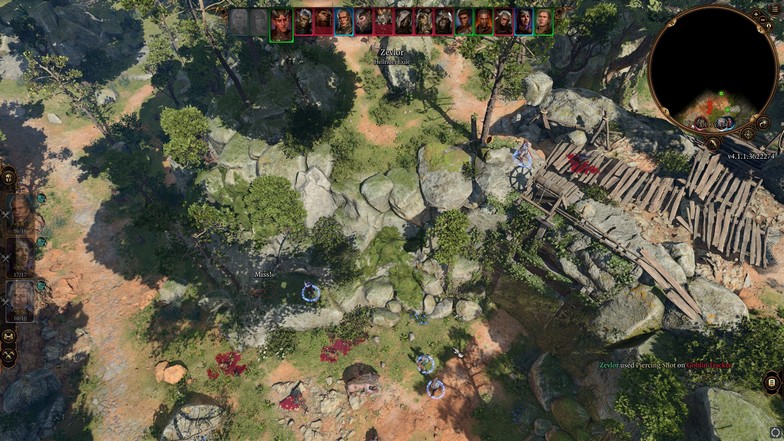
This tip is incredibly helpful for those playing alone, but this strategy will also benefit group play.
Baldur’s Gate 3 is a turn-based game. Each action in battle has limitations, and this tip will focus on maximizing your movement.
In battle, you are only allowed to move a certain distance per turn. If the battle area is extremely wide open, proper positioning of your characters is essential to survive.
When you anticipate a big fight, you should gauge how large the space will be during the fight.
Position your squishy ranged characters at the back and your warriors at the front. When the fight starts and you are controlling a ranged character, you’ll be positioned at the rear.
Detach your other party members and position them correctly before the battle. When you’re ready, you can use your “tank” to start the battle and manually control your other characters to enter the fight as well.
You can even position some of your characters near squishy enemies to eliminate them immediately. This tip is used in most of our fight guides, like the big Minthara battle or the Priestess Gut assassination.
Save Trick
Since some actions or ability checks require a successful roll to get a very positive outcome, you might want to “cheat” and save first before entering the interaction.
When you fail the interaction, you can load the game and restart until you get the desired outcome.
This is definitely not the way the game is meant to be played, but no one will judge you if you do it anyway.
Some interactions might turn NPCs against you, which can be crucial to the story. You might even lose some beloved NPCs that have been by your side since the start, and you might want to turn back the clock.
Saving consistently should do the trick. Even with an autosave feature, you’ll still want to create some manual saves to save more time when restarting.
Item Sorting
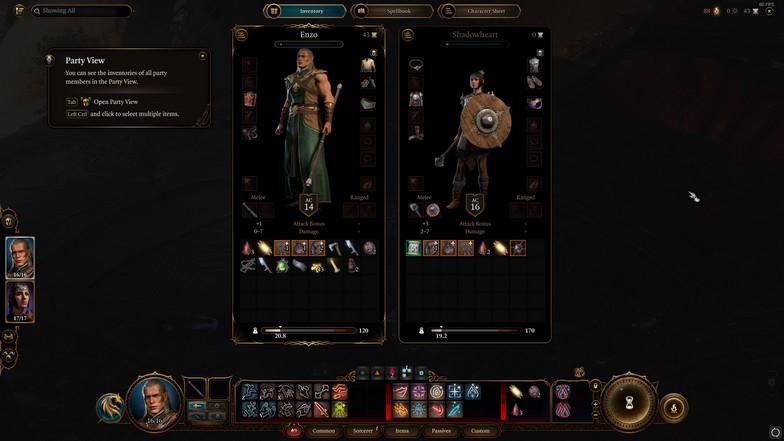
If you are playing solo, you’ll have to control three other NPCs in your party. Each of these characters has a separate inventory, and you won’t be able to use items if your chosen character doesn’t have them.
It’s best to use the item sort features to find the items you need more quickly. You can transfer these items from character to character, and it could be the difference between winning or losing a fight.
Using these item features will also help you sort through your inventory more effectively, especially when you are selling useless items for gold.
Use Different Characters
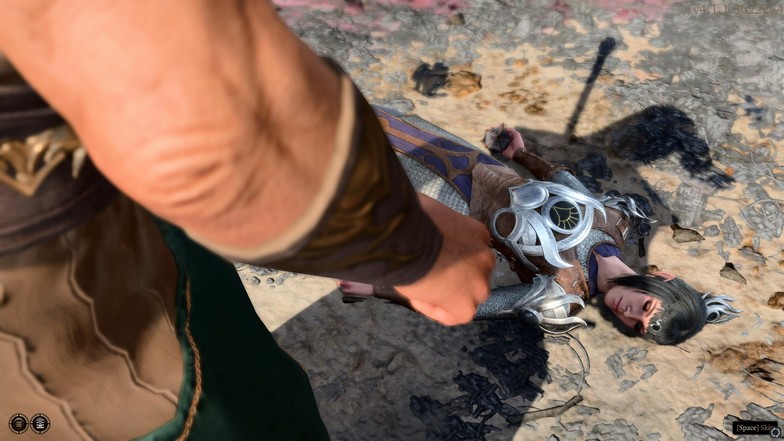
Some of you might have created a character, and it is the only one you want to control. I am unsure how many of you think like this, but in Baldur’s Gate 3, you should use your other characters as if they are your main character.
Every class and subclass has its own strengths and weaknesses. If you focus solely on heavily equipping your main character with the best gear all the time, you’ll have an incredibly hard time progressing through tough fights.
You might find some of your characters constantly dying in battle, and you’ll have to resurrect them frequently to allow them to gain experience.
Some of you might even ignore them until the battle is over. Doing this will slow down your progression.
Use your other characters! Some of them have great stories to uncover as you play the game.
Overall, your text is well-written, and the changes I’ve suggested are mainly minor adjustments for clarity and style.

